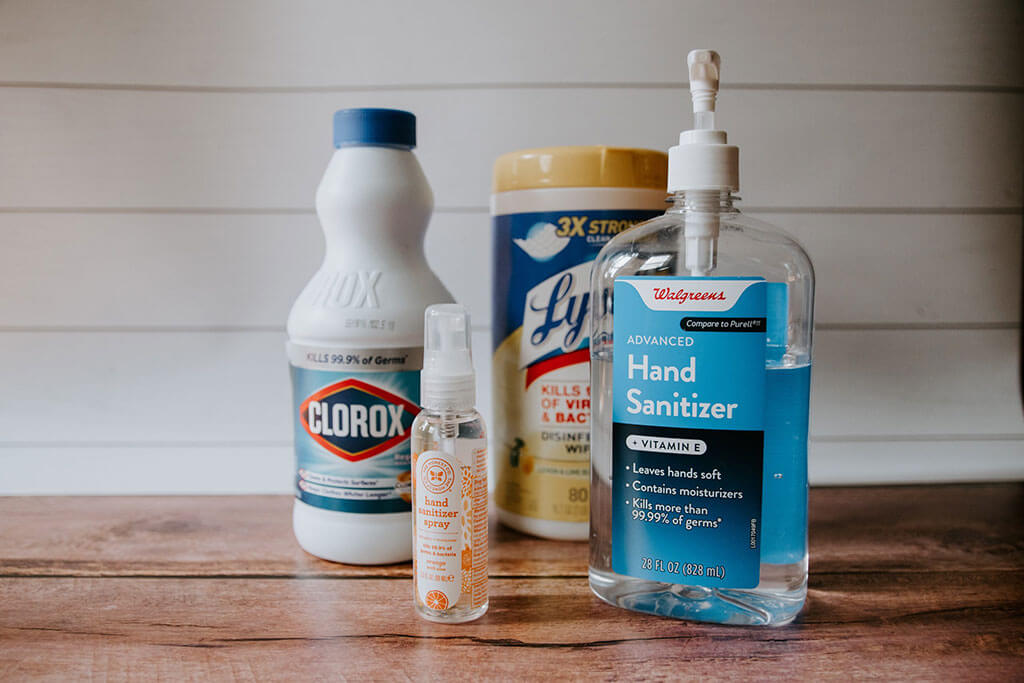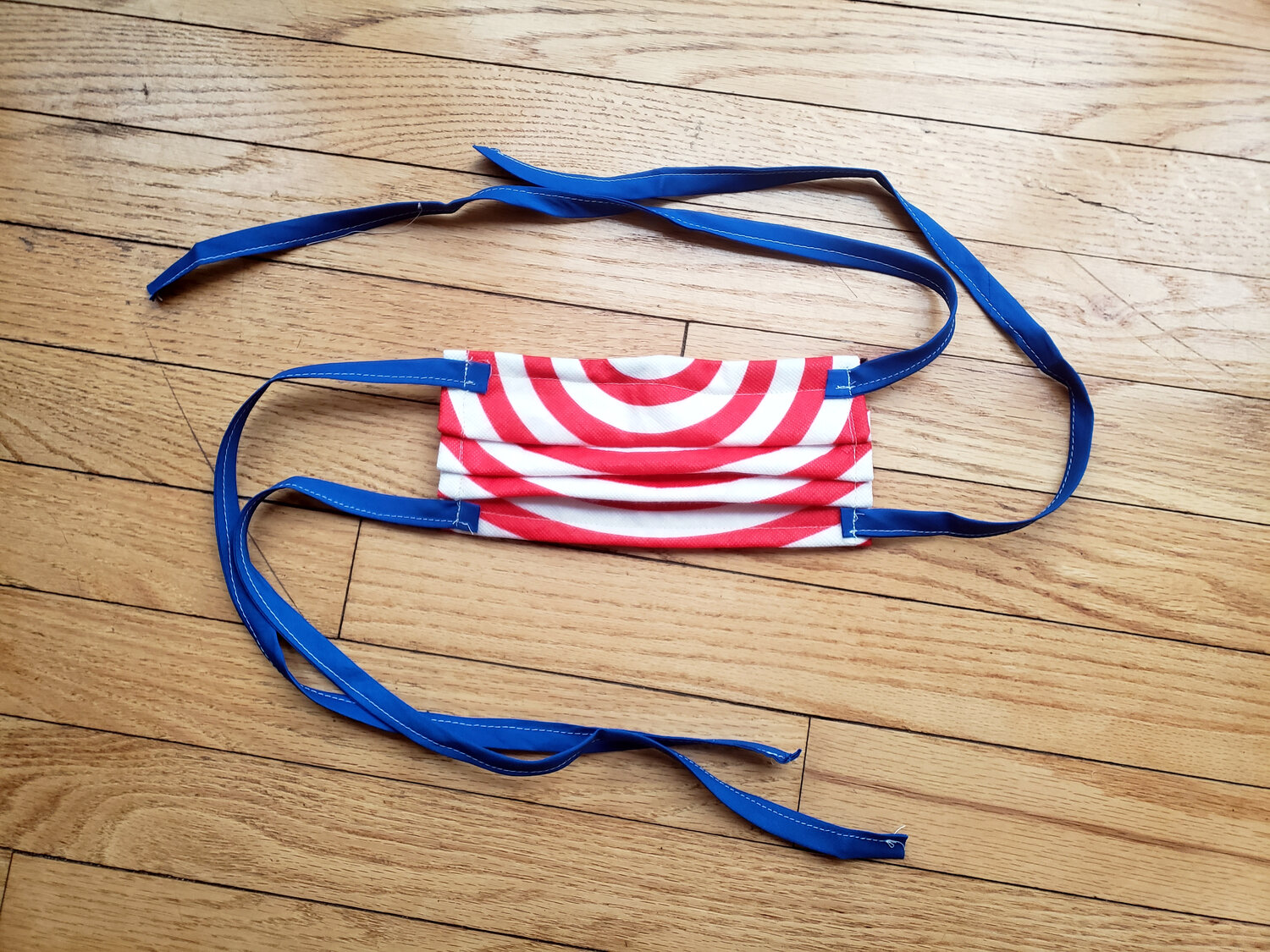By Stephanie Zeller, a science writer, artist, and researcher with Los Alamos National Labs and the Texas Advanced Computing Center based in Austin, Texas. As COVID-19 continues to spread, eradicating every last tiny, virulent particle from your home or facility can seem an insurmountable task. No facility can be 100 percent germ-free, but taking the appropriate sanitation measures can help you protect yourself, your loved ones, and your patients by inhibiting viral transmission in enclosed spaces. The National Institute of Health (NIH) separates proper sanitation into two categories: cleaning and disinfecting. The NIH defines cleaning as “the removal of visible…
Read More







